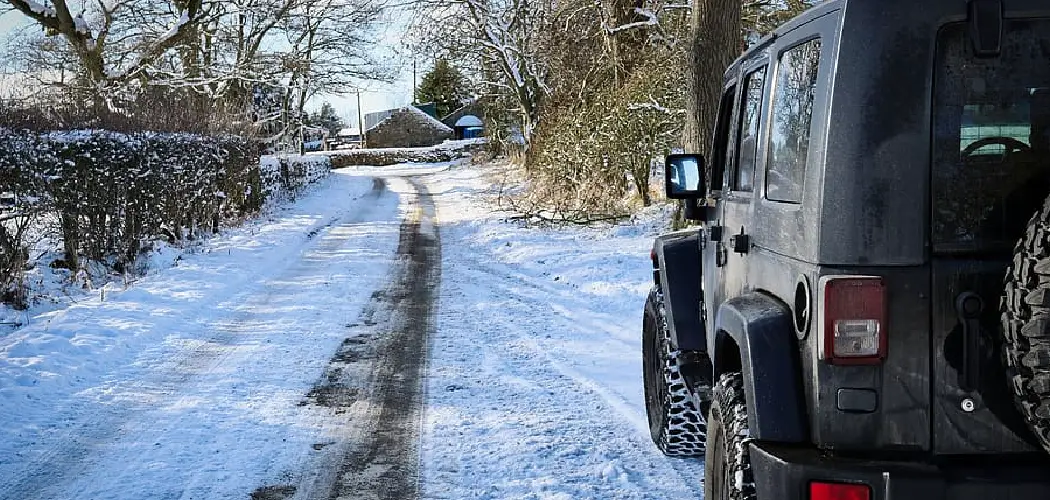As the temperatures drop and winter takes hold, now is the time to start preparing your driveway for the harsh conditions that come with winter.
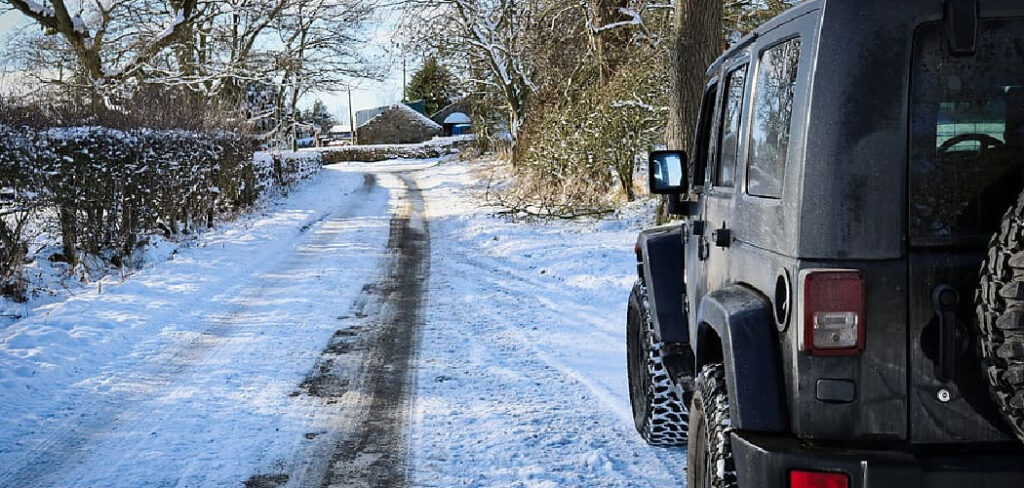
From having a good snow removal plan to investing in treatments that will help keep your driveway safe and functional during colder months, taking some basic steps can ensure uninterrupted access all season long.
In this blog post, we’ll provide tips on how to winterize your driveway so you can maximize its use this holiday season!
7 Best Methods on How to Winterize Your Driveway
1. Invest in a Sealant:
Applying a sealant, such as an asphalt sealer, to your driveway can help protect it from freezing temperatures and de-icing salts that can be damaging during winter. Professional grade sealants are designed to last up to five years, so you won’t have to worry about reapplying every season.
2. Install a Heated Driveway:
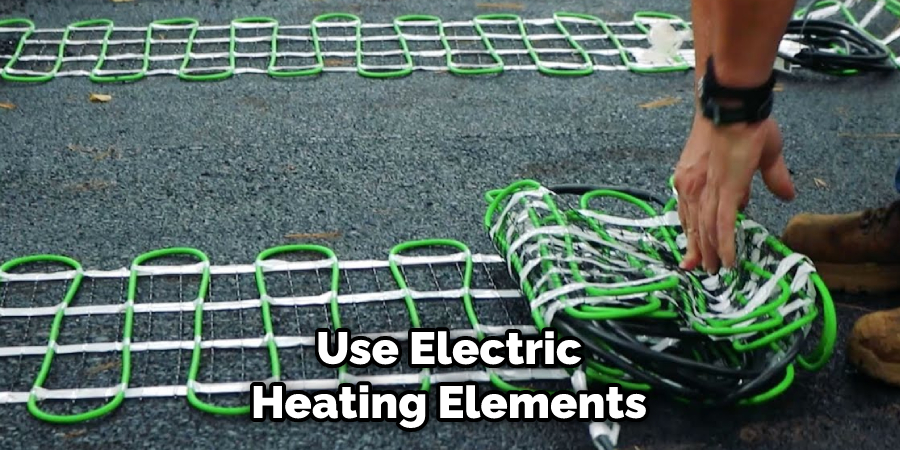
A heated driveway system can be an excellent way to keep your driveway clear of snow and ice all winter long. The systems use electric heating elements embedded underneath the surface of your driveway, so you don’t have to worry about shoveling or salting in order to access it during the cold months.
3. Install Snow-Melting Mats:
If you don’t want to invest in a fully heated driveway system, snow-melting mats are a great alternative that can still provide you with reliable access to your driveway during the winter. The mats are placed on top of your existing driveway and use electric heating elements to keep snow and ice from accumulating on the surface.
4. Install Snow Fencing:
Installing a snow fence around your driveway can effectively prevent drifted snow from blocking access to it. The fence should be placed at least four feet away from the edge of the driveway so that it catches any drifting snow before it accumulates on the surface.
5. Invest in Snow Blowers and Shovels:
A reliable snow removal system is essential for keeping your driveway clear during winter months. Investing in a good quality snow blower or shovel can make removing snow from your driveway much easier and faster than trying to do it by hand.
6. Apply Ice Melter:
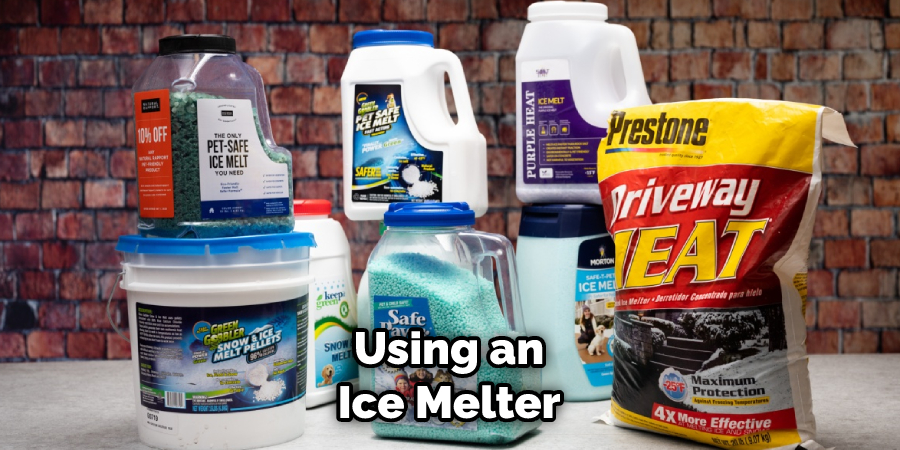
Using an ice melter on your driveway can help reduce the shoveling and plowing you must do during winter months. Applying a thin layer of ice melter before it starts snowing will prevent ice from forming on the surface and make it easier for the snow to melt.
7. Monitor Weather Conditions:
When winterizing your driveway, it’s important to keep an eye on weather forecasts so you can plan ahead and take the necessary steps to protect your driveway from severe storms or long-lasting cold snaps. By staying alert of upcoming weather conditions, you’ll be able to prepare your driveway accordingly and proactively.
By following these tips on how to winterize your driveway, you can keep it safe and functional all season long. If you have any questions or need assistance with preparing your driveway for the winter months, contact a professional snow removal contractor who can help you get the job done right!
Some Tips and Tricks to Winterize Your Driveway
- Clean up any debris, such as leaves, branches, and twigs. This will help keep snow, ice, and water from pooling in your driveway.
- If you have an asphalt or concrete driveway, consider applying a seal coat to protect it from the harsh winter elements. This will help prevent cracking and damage due to freezing and thawing.
- Ensure any open cracks are filled with a sealant or patching material to prevent snow, ice, and water exposure damage.
- Add a layer of gravel on top of your driveway as an extra layer of insulation against the cold winter temperatures. This will also help prevent ice and snow from sticking to the surface of your driveway.
- Install a heated driveway system to melt snow and ice as it falls, preventing buildup on the surface of your driveway. This will also make it easier to shovel.
- Protect any exposed plumbing lines by insulating them with insulation wrap or foam. This will help prevent the freezing and bursting of the pipes.
- Make sure to clear your driveway of snow and ice regularly, as piling up can cause damage to the surface of your driveway. Shovel or use a snow blower to keep it clear throughout winter.
- Apply de-icing salt or other ice-melting products to your driveway on an as-needed basis. This will help keep the surface clear of snow and ice, making walking or driving easier and safer.
- Use a plastic shovel instead of a metal one when clearing your driveway of snow and ice to avoid scratching or pitting the surface.
- Invest in a snow plow if you live in an area with high levels of snowfall. This will make clearing your driveway much faster and easier during winter.
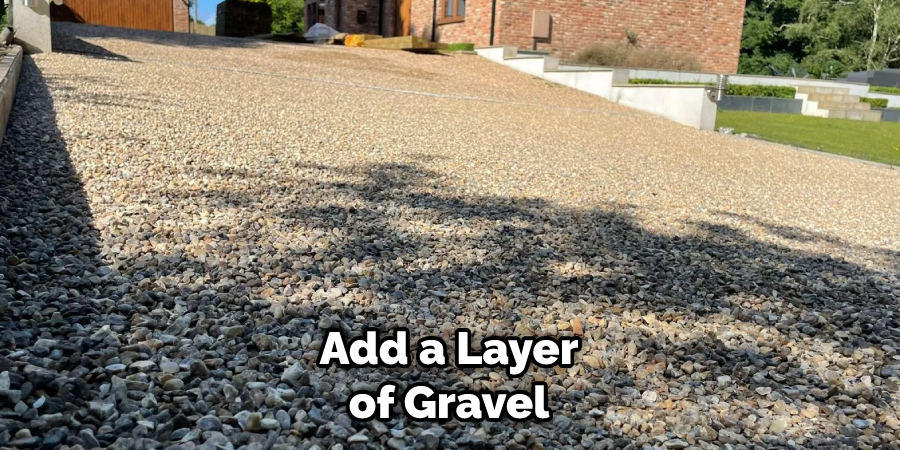
Following these tips and tricks can help ensure that your driveway is ready for the cold winter weather, helping keep it safe and damage-free throughout the season.
Things Need to Avoid for Winterizing Driveway
- Avoid using rock salt to de-ice your driveway. Rock salt can damage paved driveways and concrete surfaces, leaving them pitted or cracked.
- Do not neglect any cracks in the surface of the driveway leading up to winter. Cracks are especially prone to further deterioration due to freezing temperatures, so it’s best to repair them before they become worse.
- Avoid using shovels and other tools with hard edges or sharp points on concrete surfaces, as it can cause scratching or marring on the surface of your driveway.
- Never leave snow piled up on the driveway, even if you plan to use a large snow blower. This can lead to uneven weight distribution on the surface of the driveway, leaving it prone to cracking or other damage.
- Avoid using gasoline-powered snowblowers on a paved driveway as they generate too much heat and could cause damage to the surface of the driveway. Electric-powered versions are much safer.
- Do not neglect the proper maintenance of your driveway. This includes regular sweeping to remove dirt, debris, and leaf buildup, which can be acidic and cause damage to the surface of the driveway if left over time.
- Avoid using metal shovels on asphalt driveways, as they can scratch or mar the surface of the driveway. Plastic shovels are much safer.
- Avoid heavy parking vehicles or equipment on your driveway for extended periods, as it can leave the driveway surface uneven or cracked.
Following these guidelines ensures that your driveway is properly winterized and will last through even the coldest months of the year. Proper maintenance and basic precautions are key to ensuring that your driveway will be in good condition for years to come.
Frequently Asked Questions
What is the Best Way to Winterize My Driveway?
The best way to winterize your driveway is by taking steps before the cold weather arrives. Start with a thorough cleaning of the surface, then apply a quality sealant that will protect it from harsh temperatures and moisture. You should also clear away any debris or dirt that can cause further damage.
How Often Should I Seal My Driveway?
Generally, you should seal your driveway every two to three years, depending on the type of weather and climate in your area. It is important to check for any visible signs of damage before sealing and repair them if needed. Sealing regularly can help protect the surface from further damage and increase the longevity of your driveway.
What Can I Do To Prevent Damage During The Winter?
It is important to keep your driveway free from snow and ice as much as possible during winter. Use a plastic shovel or broom to clear away snow, and avoid using salt or other chemical treatments to melt the ice.
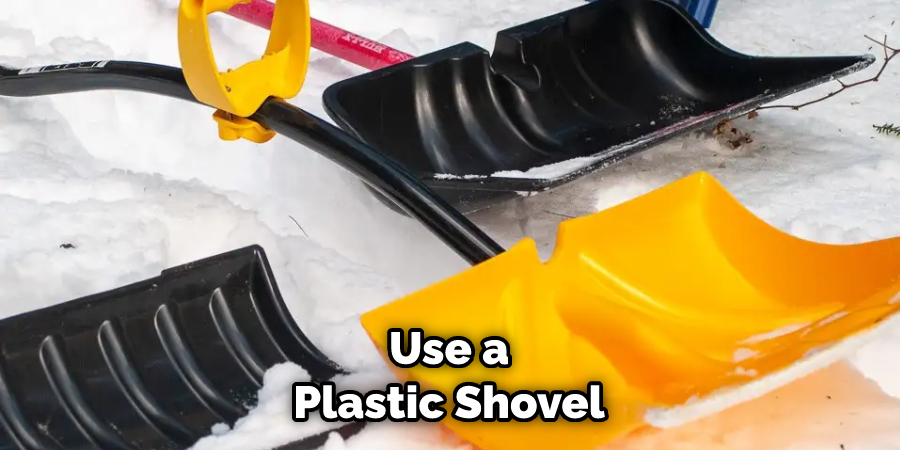
If you must use a de-icing agent, be sure to choose one that is safe for your driveway and won’t cause further damage.
What Are Some Tips To Maintain My Driveway?
Regular maintenance of your driveway can help prevent damage and extend its life. Clear away debris regularly, and check for any visible signs of wear or damage that could cause further issues. Make sure to seal your driveway every two to three years and repair any cracks or chips in the surface before they become more severe.
Conclusion
Winterizing your driveway is essential in the colder months and helps to avoid costly repairs. Even if you don’t think something seems off, it is always best to be proactive and give your driveway the check-up it needs. Whether natural deicing salt or a rotary spreader is needed, having the right materials for the job is always important.
Taking steps to protect and maintain your driveway will pay off both financially and aesthetically in the long run.
The best way to ensure a beautiful driveway is through maintenance, so don’t wait now after learning how to winterize your driveway. With these easy tips, you can guarantee that this winter season won’t leave any hazardous conditions unexamined or ignored.
Get started with these winterizing suggestions, and ensure you have a safe and sound driveway going into springtime.

